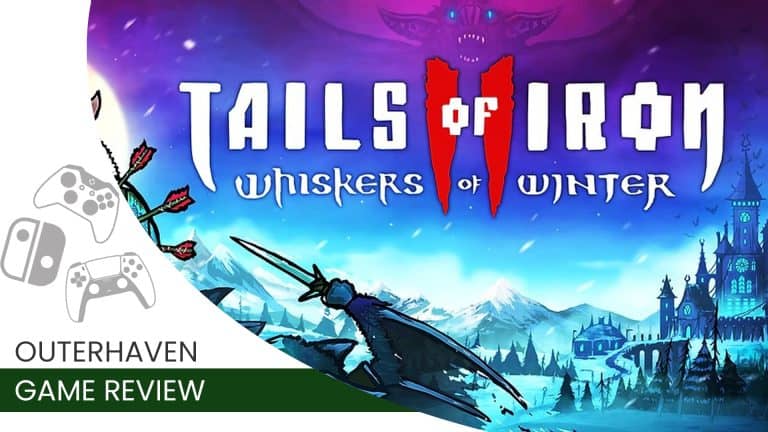The 2D Action title Tails of Iron was released in 2021 and over time grew to have a cult following, which developers rewarded with expansions and extra content. Around a year ago, developer Odd Bug Studio announced there would be a sequel Tails of Iron 2: Whiskers of Winter to the delight of many.
Game Name: Tails of Iron 2: Whiskers of Winter
Platform(s): PC, PS5, Xbox Series X/S (Reviewed) & Switch
Publisher(s): United Label, CI Games
Developer(s): Odd Bug Studio
Release Date: January 28, 2025
Price: $24.99 (USD), Deluxe Edition: $29.99 (USD)
I picked up the first Tails of Iron on a recommendation from a friend, and it surprised me with how its art direction, world design, story, and combat worked so well together. By no means am I a Souls fan, but the first game did a great job of easing you into the brutality and eventual anguish of dying, and then slowly helping you learn from your mistakes. So when it was announced that a true sequel was releasing soon, I became excited to play it from the outset. Essentially, the game took the expected direction of making the second installment bigger, longer, and more in-depth, while also keeping what players loved from the original. Tails of Iron 2 is a testament to how the development team has largely managed to accomplish this task, but there are also some areas where that lengthening may dampen the experience.
Arlo’s Tragic Reign
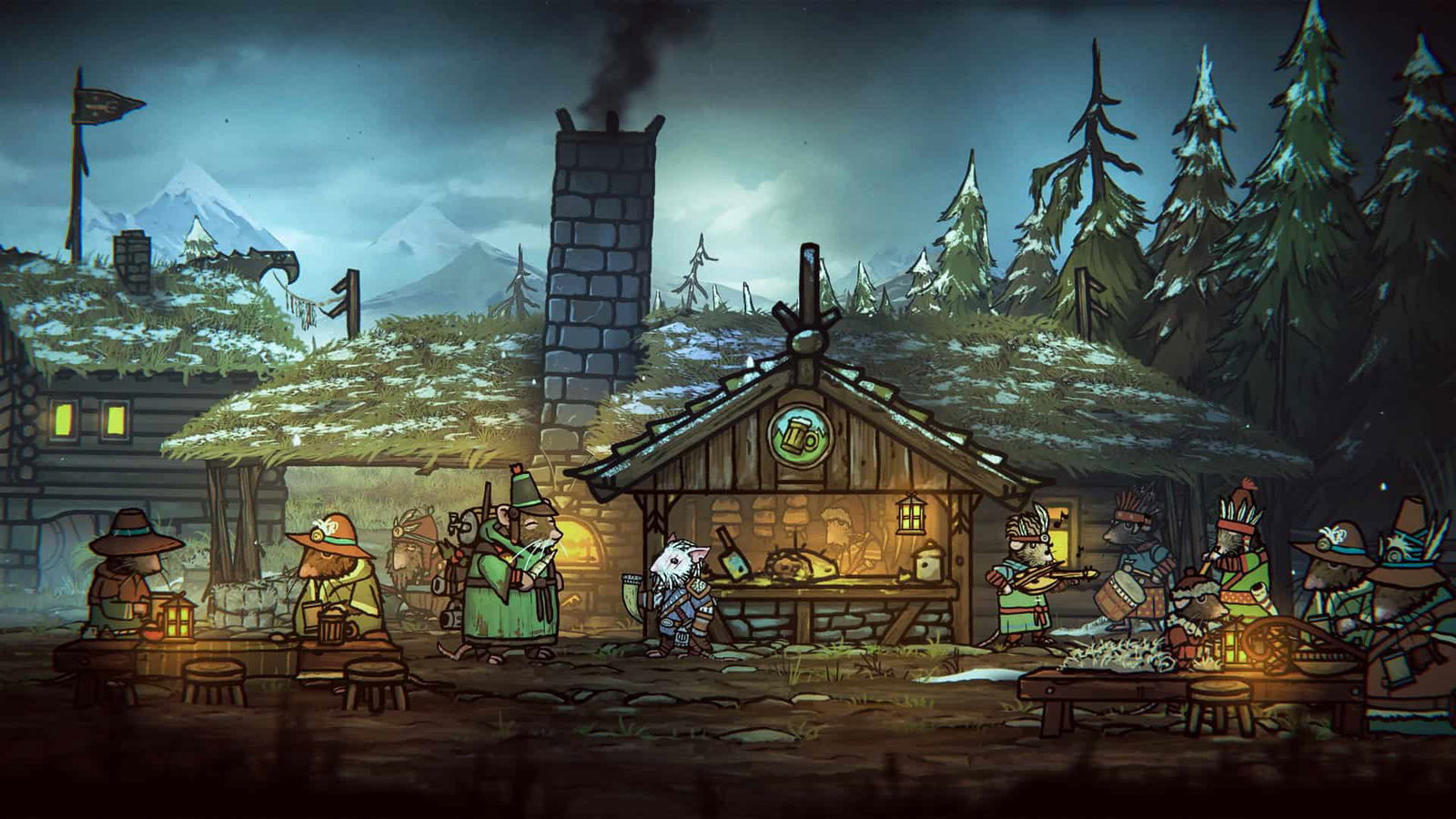
While the first Tails of Iron followed Redgi’s battle against the Frog Clan in the South, Tails of Iron 2 shifts focus to a new rat warrior, Arlo, in the North. As the adopted son of the Warden of the Wastes, Arlo suddenly finds himself thrust into the role of king when the Darkwings—an ancient clan of bats—descend upon Winter’s Edge, killing the Warden and burning the land to the ground. Now, Arlo must rebuild his home from the ashes.
Though both games begin with a similar premise, Tails of Iron 2 sets itself apart with its harsher, wintery setting, which introduces a more brooding and menacing enemy faction. The solemnity of Winter’s Edge is ever-present, sinking deeper each time Arlo returns.
Adding weight to the storytelling is the returning narration from Doug Cockle (The Witcher series), whose signature gravitas brings the game’s writing to life. While there are occasional moments where the narration lags behind the action, Cockle’s delivery more than makes up for it, lending emotion and urgency to a world where characters otherwise communicate through emotes and sounds. Just as in the first game, his voice serves as the binding thread, connecting Arlo’s journey with the player.
One of the biggest departures from its predecessor is the introduction of companions. Throughout his quest, Arlo encounters various animal factions—such as the owls and the returning frogs—who occasionally fight alongside him or serve as guides in specific regions. These allies bring a fresh dynamic to both exploration and combat, offering moments of camaraderie in an otherwise desolate world.
Exploring Through the North
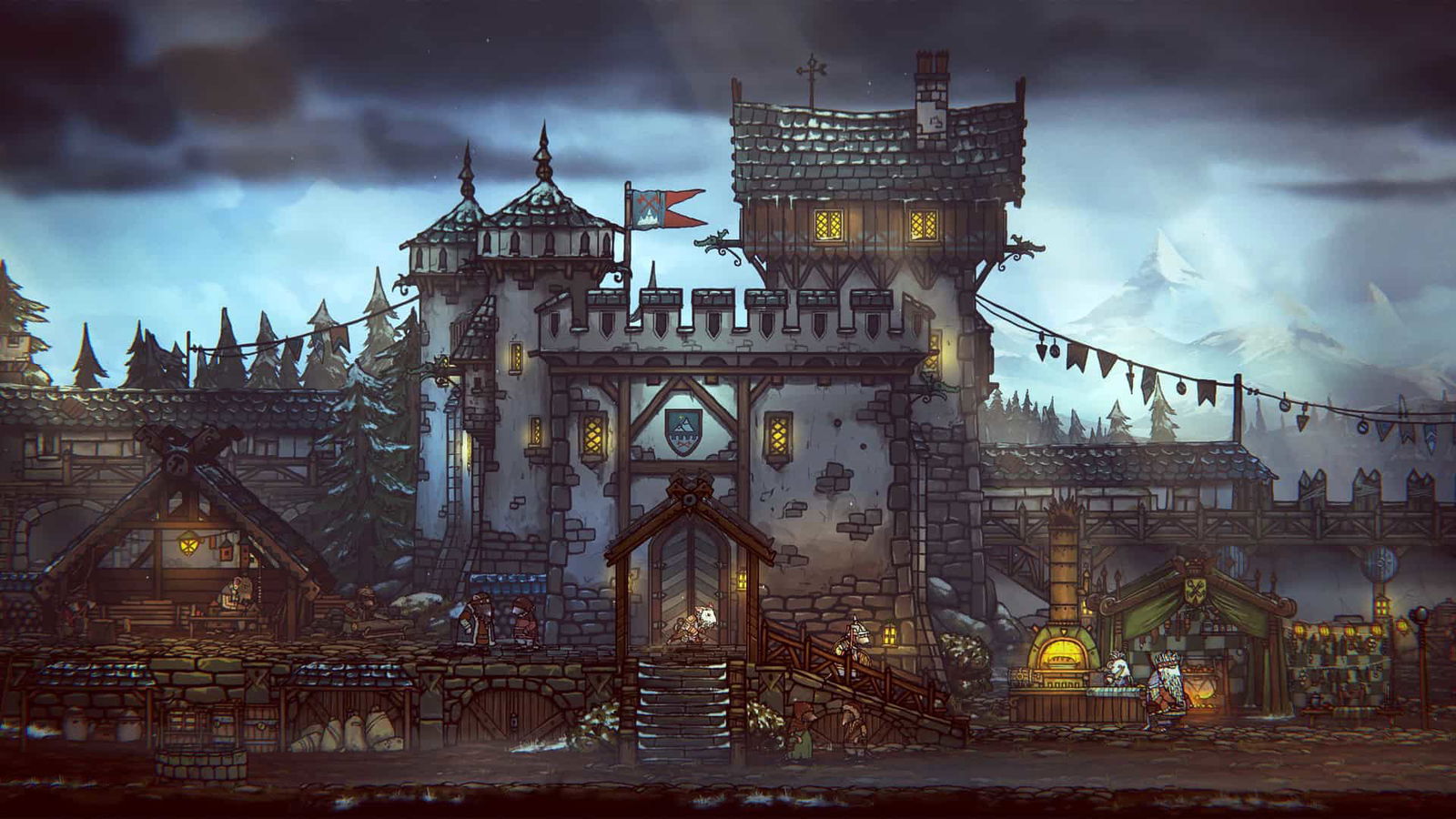
The first Tails of Iron already boasted exceptional art design, yet the development team has somehow outdone themselves. From the very first glimpse of Winter’s Edge to the farthest reaches of Arlo’s journey, the game’s environments are stunning, each area compelling me to push forward—no matter how much I feared what lay around the next corner. The seamless transition between environments is particularly impressive, shifting effortlessly from damp, mud-soaked wastelands to vibrant, snow-laden landscapes. Even when other aspects of the game occasionally feel unpolished or unclear, the art direction remains consistently strong.
Another standout element is the sheer variety of enemy designs. The first game largely pitted players against rats and frogs, but Tails of Iron 2 expands its bestiary significantly. Boss fights are especially diverse, ranging from an awe-inspiring chameleon to a menacing Wereowl. Regular enemies also vary across biomes, each region featuring its own unique threats. Nowhere is this variety felt more than in the Giant Beast hunts. While the Darkwings are already unsettling foes, these towering creatures are truly terrifying, pushing Arlo’s combat skills—and the player’s nerves—to their absolute limit.
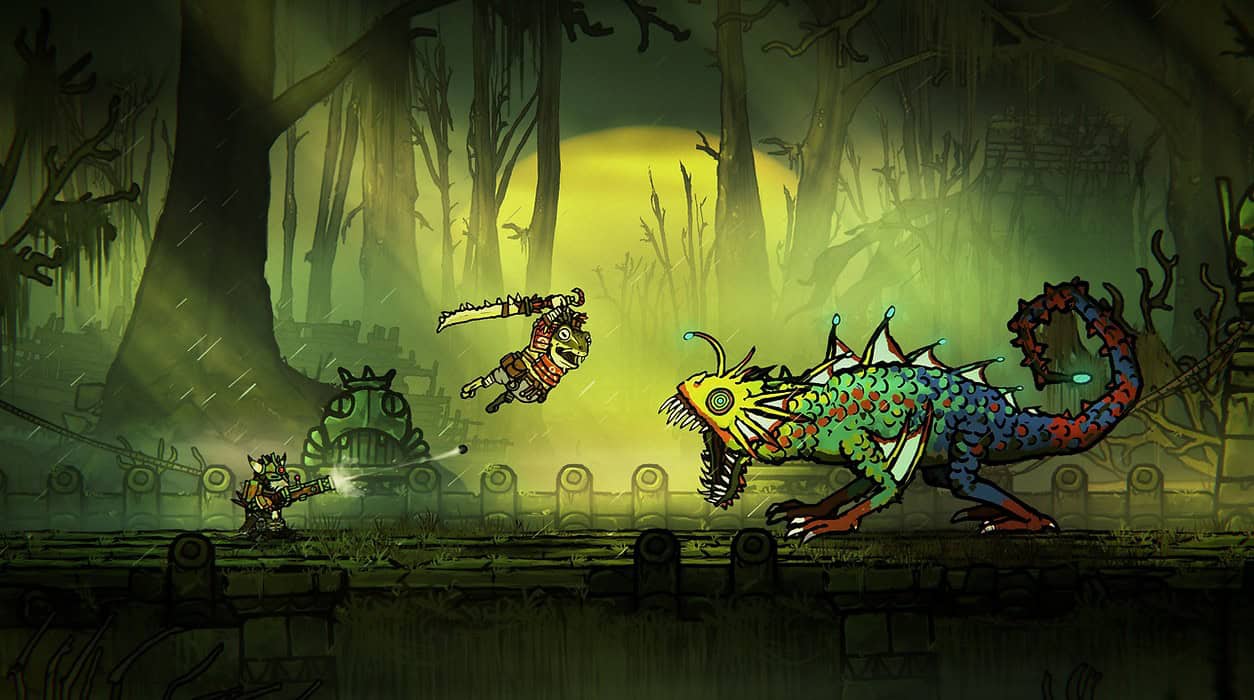
The game also introduces a fast travel system, which is a welcome addition that significantly reduces backtracking during the main story. However, this convenience doesn’t extend as much to sidequests or Giant Beast hunts, where traversal remains a more involved process.
Fast travel works by discovering and repairing signposts scattered throughout the world. Given the game’s Metroidvania-style map design, it took me a while to realize that signposts can also be constructed directly from the map menu—provided you have the necessary crafting materials. This feature is a fantastic quality-of-life improvement, but its usefulness depends on your playstyle. If you’re not particularly interested in side content or haven’t explored certain biomes extensively, you may find that the signpost you need is inaccessible until you’ve physically reached that area first.
Tails of Iron 2: More is Simply More
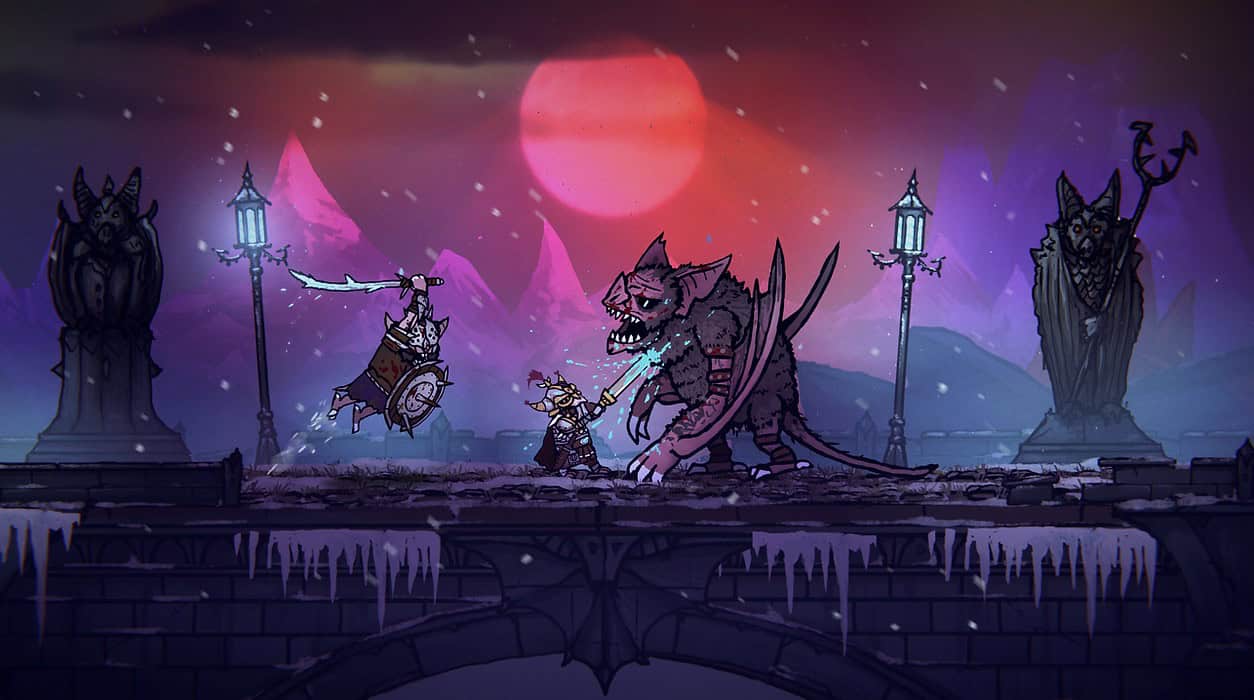
As I journeyed through Tails of Iron 2, I noticed that while the game introduces several mechanics that enhance immersion and enjoyment, many of them aren’t essential to completing the main story. The fast travel system and Giant Beast hunts are prime examples. Since I was able to gather enough gear and materials simply by progressing through the main quest or purchasing items from shops, I rarely felt compelled to seek out sidequests or hunts beyond initial curiosity.
For players who want the best equipment, the rewards make these pursuits worthwhile. However, the Monster Hunter-style approach—where tracking a creature multiple times before finally taking it down is a core element—may not appeal to everyone. Personally, I found the process tedious, especially since the fast travel system doesn’t streamline it as much as I’d hoped. After a few hunts, the experience felt more like an unnecessary grind than an engaging challenge.
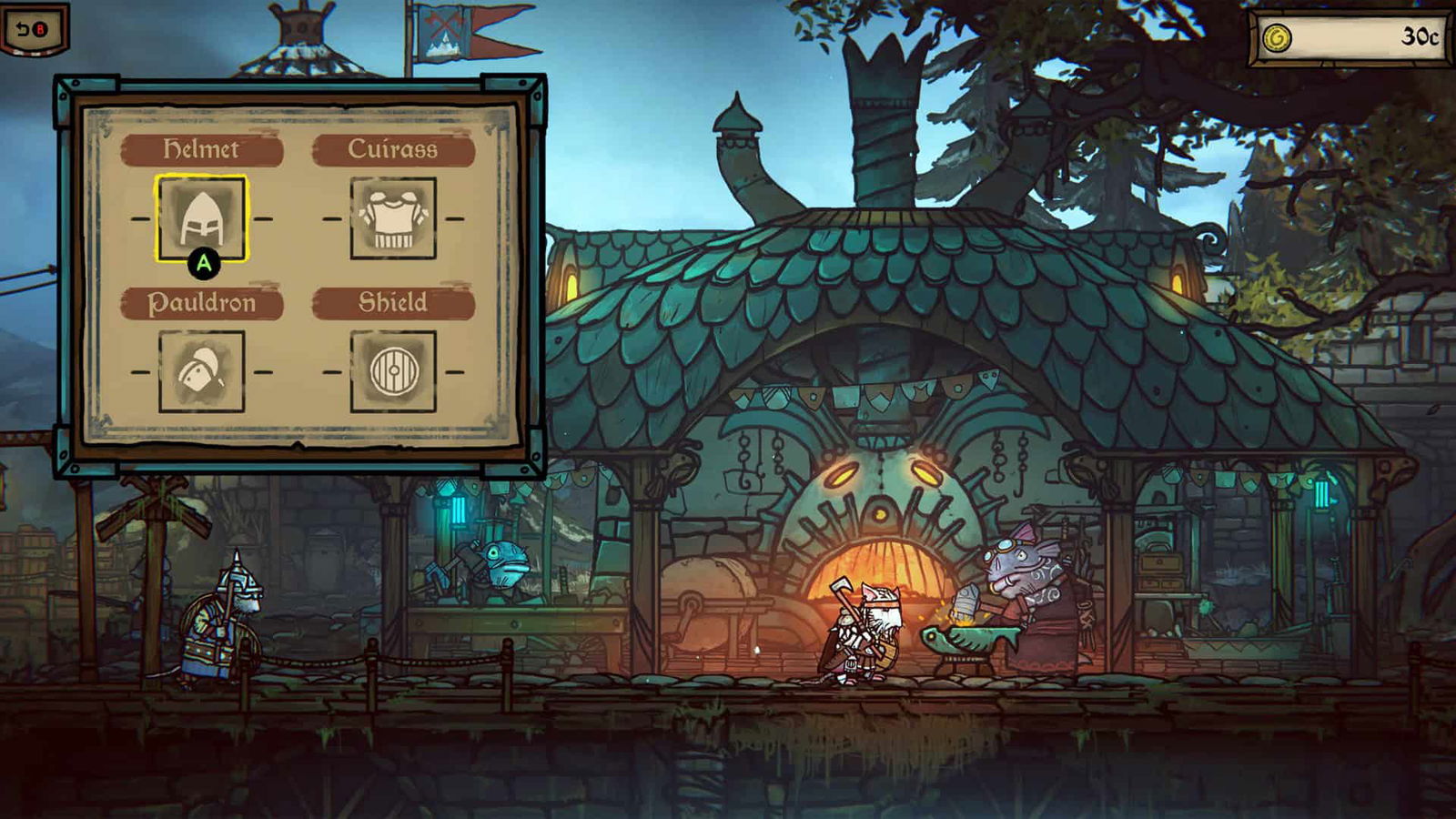
The area where I felt this the most was in the base-building and expanded crafting mechanics. Their inclusion makes sense, especially since they tie into the combat system’s new elemental spells and resistances. However, once you identify an enemy’s weakness, it often comes down to simply crafting gear with the opposing element and moving on to the next fight.
For players who want to fully engage and optimize their loadouts, the system offers plenty of depth. But for those who prefer a more straightforward approach, it remains entirely optional—allowing you to progress without investing heavily in crafting or base upgrades.
Tried And True: Combat in Tails of Iron 2 Uses the Elements
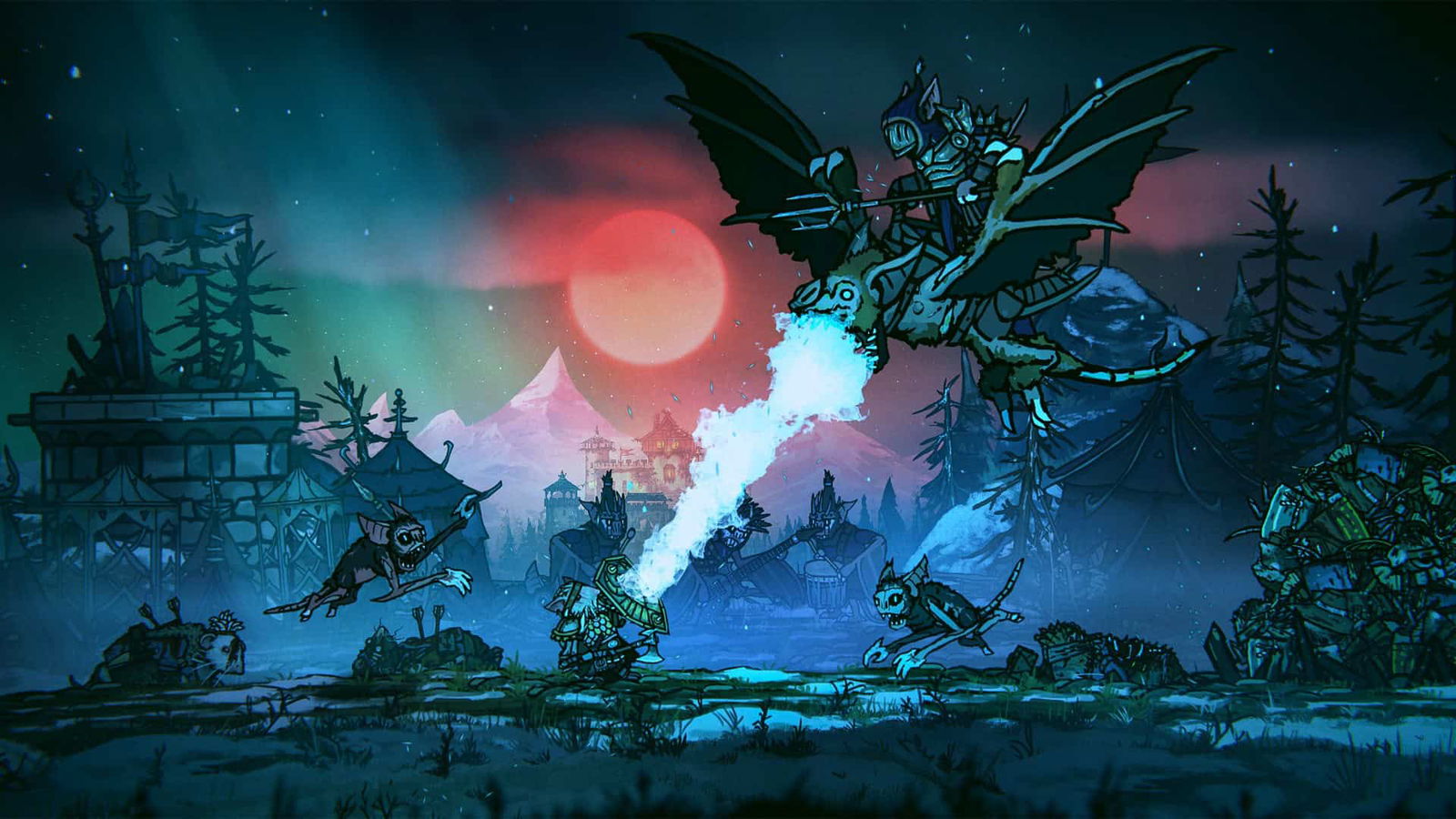
The most praised aspect of the original Tails of Iron was its combat, striking a careful balance between Souls-like difficulty and deliberate, weighty movement. Tails of Iron 2 retains that same heft but expands upon it with elemental spells, resistances, and a more forgiving parry system—adding depth for returning players while also easing newcomers into the experience.
For veterans who wanted more of the same, the challenge remains, particularly early on when the game gradually introduces its new mechanics. However, this learning curve might feel punishing for newcomers, who must quickly adapt to the reality of repeated deaths. Even as someone familiar with the first game, I struggled with the opening bosses. The first encounter introduces traps, while the second forces players to contend with magic, making for a trial by fire right out of the gate.
That said, these additions do more than just complicate the gameplay—they also offer new ways to approach combat. Elemental spells and resistances provide additional strategies, and the enhanced parry gives a much-needed safety net if you miss a counter indicator. In fact, when used effectively, these mechanics can make the game noticeably easier on normal difficulty, especially if you exploit enemy weaknesses.
However, that doesn’t mean Tails of Iron 2 becomes a breeze after the second boss. You still need to read attack indicators, time counters correctly, and stay alert for untelegraphed strikes. Even standard enemies hit hard, and Arlo’s health can vanish quickly if you’re not careful. No matter how many tools the game gives you, staying on guard remains essential.
Challenge is What You Make It
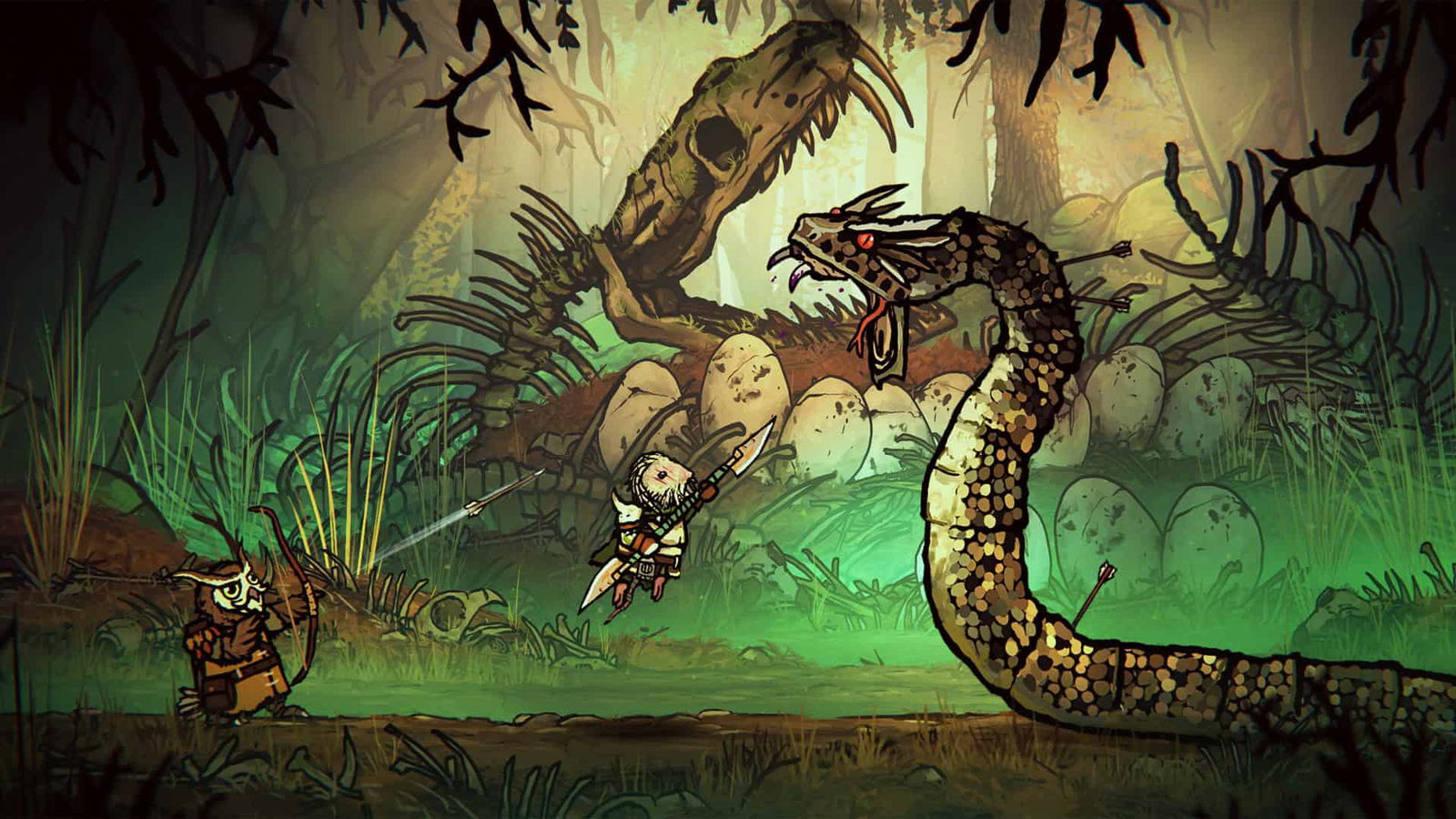
Regardless of whether you are in favor of the additions or not, at least the developers allow for you to change the difficulty setting at any point in the game. The first game locked you in to one difficulty once you started the adventure. So, if the normal difficulty is too hard, you can go down to the lowest setting which makes it more of an action title, while the highest difficulty ramps up the challenge even more. Even then, if you don’t like the magic and elemental resistance additions, or don’t want to be switching gear around constantly, than just don’t use them and keep on neutral gear.
The parry has also been tweaked a bit in Tails of Iron 2 making it easier to do the parry, but also making the timing a bit wonky because it isn’t as tight as the original. So even though you can do the actual parry easier, the new timing window throws off the sound effect of it, so you may be confused whether you hit it or not.
There’s also a difference between a full parry and a block, which can effect how long the enemy is down. But you must be careful because missing the parry can also stun lock you so there is a negative to being too aggressive. Although newcomers could also technically just dodge out of the way of everything if they’d rather not have to learn what all the colors mean. Allowing players to go into combat how they so choose is a welcome addition and provides a greater opportunity in discovering different ways to deal with their situation.
Save the North
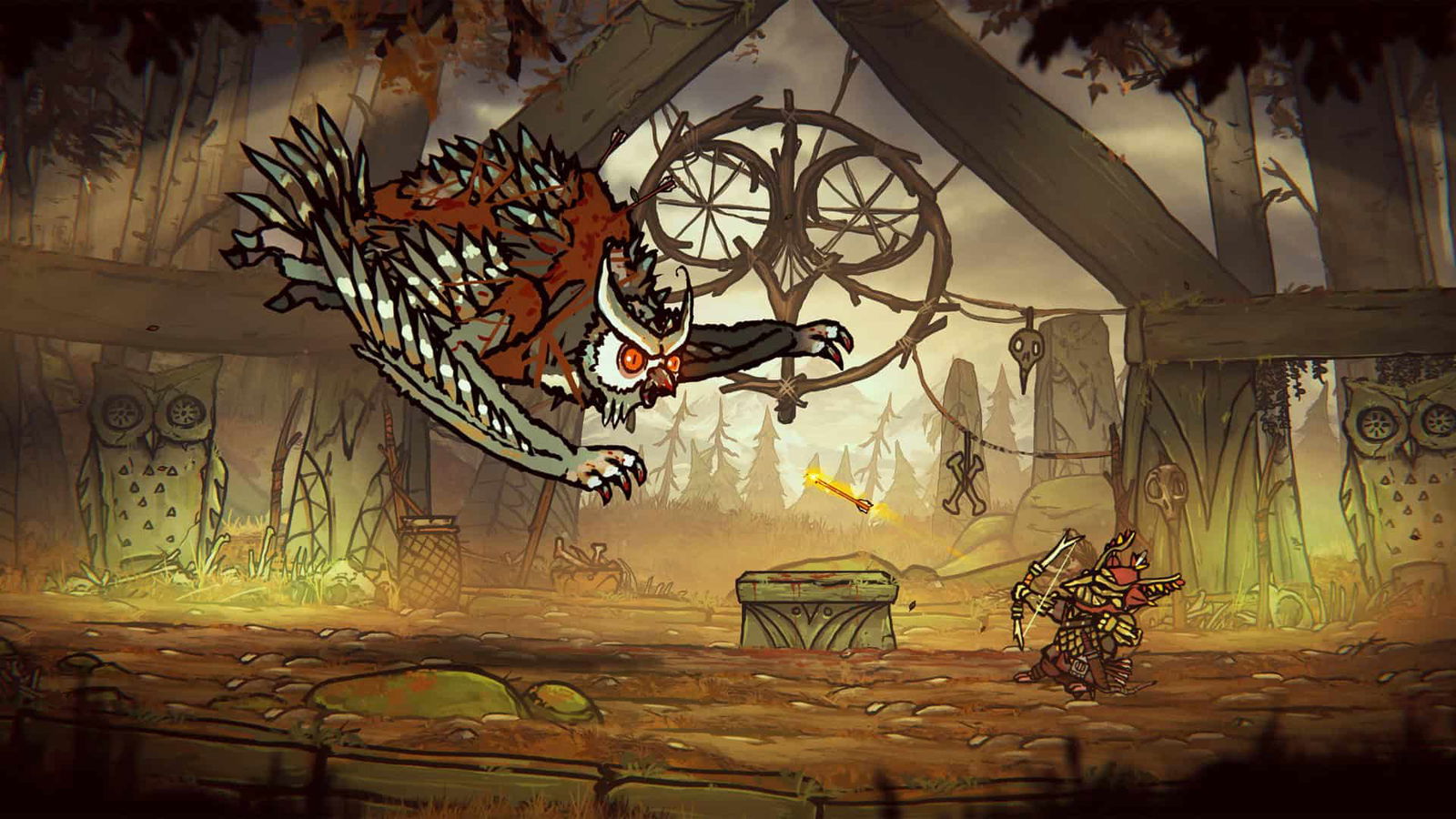
Odd Bug Studio correctly took the route of giving players more to do, but not forcing any of that onto those that do not want to engage with it. Whether you want to just mainline through the story and do just enough to make it through, or if you prefer to go for that 100 percent completion and be totally maxed out by the time you get to the end. Tails of Iron 2 in essence is more Tails of Iron with a new protagonist, new setting, and a bigger world. Although the extra additions won’t necessarily appeal to everyone, they do make the experience better. Considering a third game seems to be in the cards, it will be exciting to see what else the developers could bring to the series in the future.
Review Disclosure Statement: A copy of Tails of Iron 2 was provided to us for review purposes. For more information on how we review video games and other media/technology, please review our Review Guideline/Scoring Policy.
Affiliate Link Disclosure: One or more of the links above contain affiliate links, which means at no additional cost to you, we may receive a commission should you click through and purchase the item.
Tails of Iron 2: Whiskers of Winter Review
Summary
Tails of Iron 2: Whiskers of Winter is everything players could want in a sequel with a grander world, monster hunts, and an overall meatier adventure. Not to mention, the additions of magic and elemental resistance to the combat, resource gathering and focus on having the right gear. Making it approachable for newcomers yet still challenging enough for those that loved the first game.
Pros
- Doug Cockle Delivers Again in the Narration of the Snowy Story
- Beautiful art design makes you want to see what’s behind the next screen
- Brutal combat has more depth with spells and elemental resistances
- Boss Battles Deliver on their Epic Encounters
- Monster Quests feel like their own adventure
Cons
- The fast travel system isn’t explained that well and feels lacking especially for side quests and Beast Hunts
- Base Building and bigger emphasis on crafting feel unnecessary
-
Tails of Iron 2: Whiskers of Winter


